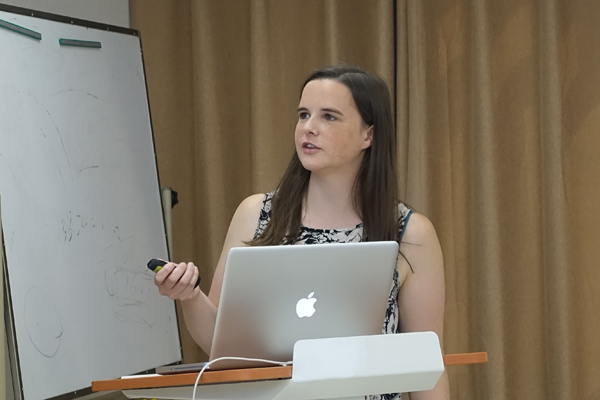
From aquaplanets to the South China Sea monsoon: can theory provide predictive skill?
Dr. Ruth Geen
University of Exeter, UK
3号楼1218会议室
2019年9月16日(星期一)10:00
报告会主持人:吴波 研究员
Abstract
Earth’s monsoons are strongly influenced by land-sea thermal contrast. However, despite their lack of zonal asymmetry, aquaplanets have been found to reproduce some characteristics of the Asian monsoons, such as seasonal wind reversal and fast onset of intense precipitation. These simple models provide an environment in which some basic feedbacks affecting the monsoon may be identified, in particular interactions between the overturning circulation, eddies, and the distribution of moist static energy.
Here we firstly explore whether knowledge of these feedbacks can help us to understand processes controlling interannual variability in South China Sea monsoon onset. Results suggest that the mechanisms identified in aquaplanets can indeed help us understand the real world monsoons. However, aquaplanets of course lack the zonal asymmetry that localises and structures the real monsoons. To address this, we investigate the effect of introducing a simple zonal asymmetry into the aquaplanet simulation.